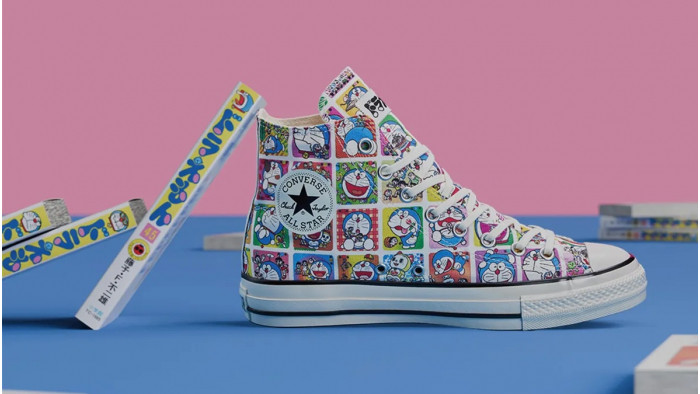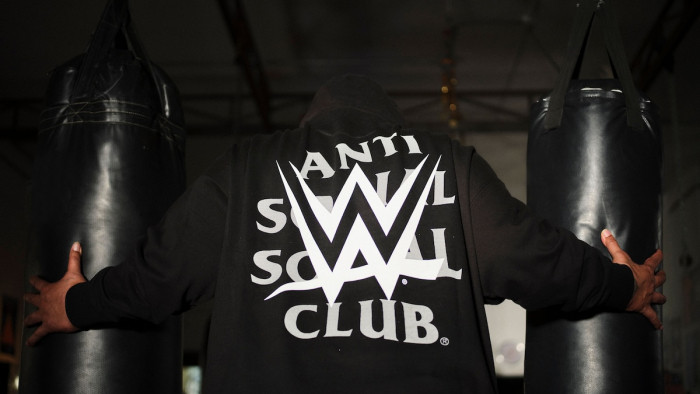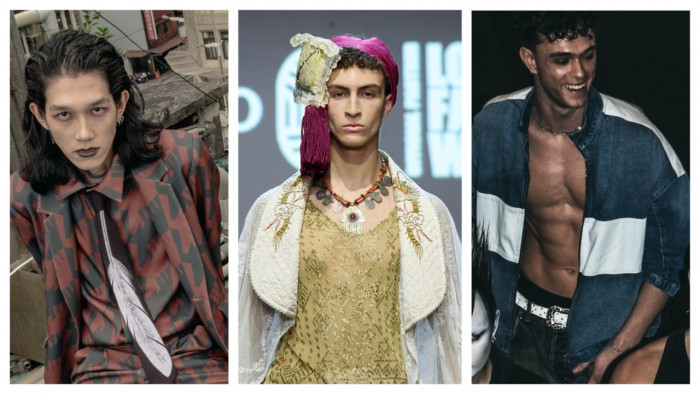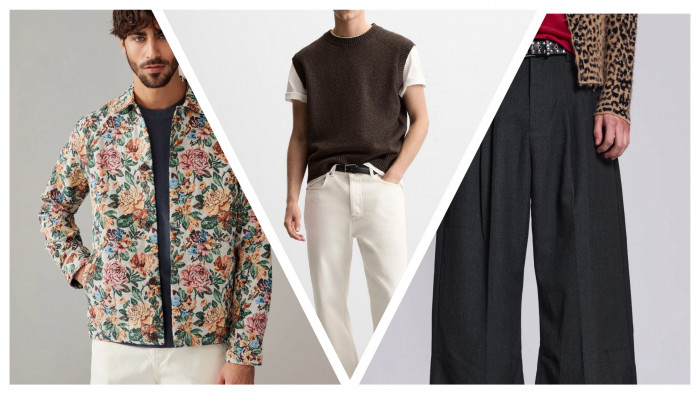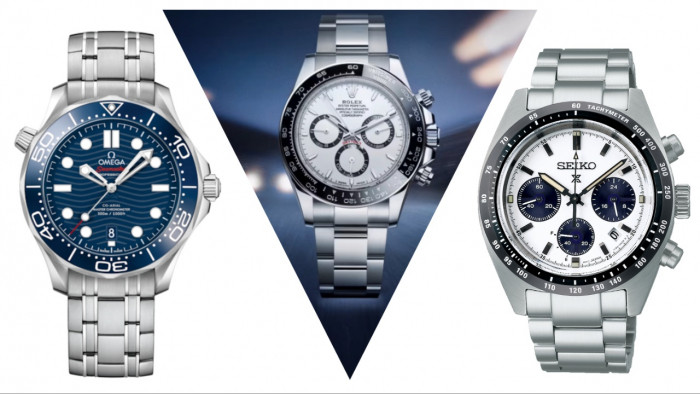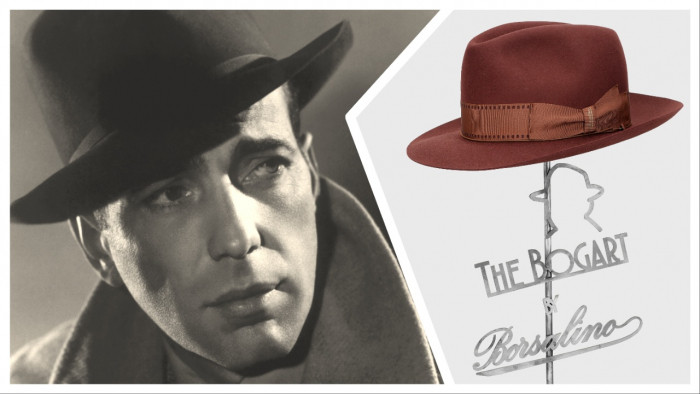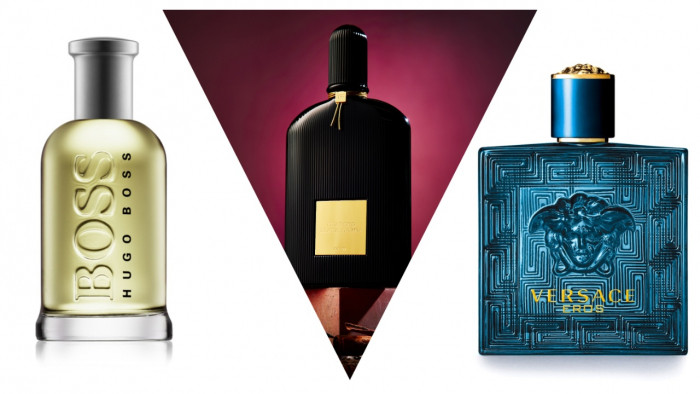MODE editor ADRIAN CLARK talks to people’s designer Sir Paul Smith about his photography, travels and brave new fragrance
How are you Paul?
Ohh, lovely jubbly. Are you all right?
Yeah I’m very good thanks, mate. You’ve been travelling?
Yeah, luckily I did have a week… no two weeks, in Tuscany for a bit of hols. Anyway, what are we doing, darling?
OK, well, we’re going to have a chat about your travels, passion for photography and how those have influenced your new fragrance.
Well, the new fragrance, Portrait, all started with a chance conversation between me and Barnabé [the fragrance’s nose], who is also a model we’d used in fashion shows and in our advertising campaigns, for which I take the photographs.
So, for want of a better word, developing scents was his day job?
Yeah, exactly. He has already collaborated with boutiques in Paris and niche companies, [but] nothing on the scale of a designer brand. So we were chatting and he was saying about how he’d seen a lot of my photographs on Instagram and on the blog. I said that I was constantly travelling, and I always take pictures, and through that came the idea of developing a fragrance for us based on some of the places I’d visited. Especially in Darjeeling – the north-east of India – which has a strong Englishness about it because of the colonial days and the tea plantations.

I never realised you took the photos in your own advertising campaigns.
Well, over the years [David] Bailey’s done them, [and] Miles Aldridge and [Mario] Testino. But I suppose it must have been about four years ago when Alan, who does our creative, said, “Why don’t you shoot them because you take so many pictures all the time and obviously nobody knows the collection better than you.” I was a bit embarrassed to do it because when you’re following those big guys it’s daunting. I’ve always kept it simple – I’ve tried not to do big location shoots or anything like that. So far it’s worked out OK.
How long have you been taking photos?
My dad was an amateur photographer and a founding member of the local camera club in my hometown and so he bought me a little camera when I was 11. It was obviously the days of film – he built a darkroom in the house. I used to sit with him and develop the film and then use the enlarger and trays of chemicals to print the prints. Then I stopped taking pictures because my love of cycling took over. Following that, I became a shop assistant in a clothes shop and eventually started my own store and then eventually a collection. I came back to photography, working with David Bradshaw when he first started Arena.
Yes I remember.
For the past 10 years I’ve been doing fashion shoots for Numéro [magazine] Japan, Casa Brutus [magazine] Japan, Elle Japan, Casa Vogue, Italy…interiors as well as fashion.
How did this escape me? I didn’t even know there was this other side to you.
Well I suppose it’s because for Elle Décor Japan and for Casa Vogue Italy we’ve never really talked about it to anybody because it’s like a little hobby. I’ve had to stop doing them because I’m a bit busy at the moment, with the new shop coming up in Albemarle Street [London] and then the Design Museum exhibition… so I’ve been a bit pushed. I’m just doing the campaigns at the moment and I did a lovely shoot in Japan recently, in the middle of the countryside, in this old village that has not really changed since 1860. That was for Elle Japan. It was a wonderful thing to do. A lot of the fragrance chats with Barnabé came from these experiences.

What kind of places have you visited that specifically relate to this fragrance, as in inspired the notes?
Definitely India, with things such as the black tea, and then the green tea from Japan… so I suppose it’s mostly to do with the East.
The fragrance has a very original flavour.
The danger with fragrance, if you want it to be special, is listening to all the powers that be about the trends and all the consultants telling you, “This is the way it’s going in the industry at the moment.” It’s best to do your own thing. I also like the women’s version. It’s interesting because some of the boys like the girl’s and vice versa.

Where have you been lately that has stimulated your photography?
I was recently in Havana. I’m sure in the next two or three years it’s going to change dramatically because Castro’s elderly now and so is his brother. I think slowly, slowly we will see them relaxing rules and the laws whereby you can buy your own property and start your own restaurant. I think in the next few years it’s going to change quite a lot, and what was nice about capturing it now was the wonderful old Fifties US cars and the absolutely exquisite architecture that’s completely run-down.
And it plays to your strengths since you’re renowned for using colour as a designer.
Oh, the cars in Havana… you’ll have a green car, a bright pink car, a blue car… they are absolutely magical. I mean, all the old Fifties Cadillacs. A constant inspiration for me is that I get up very early every morning and go swimming about 5.15am and get to work about 6am, so I see London empty and the sunrise coming up. I’ve fallen in love with taking photographs of silhouettes and long shadows with early morning sun. In my current advertising campaign, which is quite dark in tone – it just has one light coming from the left in the image, I think for some people they’re a bit too dark and not quite optimistic enough – I just took that idea from those early mornings when I’m coming to work.
Where else do you think has great light?
Florence, for some reason, has got really amazing light, and also Venice.
Do you have any of your photographs on the walls in your house?
No, no, they’re all hidden away. Pauline, my wife, is a painter, she’s an artist and we haven’t got one of her paintings up either. She turns them to the wall when she does them.
Which photographers do you most admire?
I always – and my dad was the same – like the moment where you just catch something really quickly. So people such as [Henri] Cartier-Bresson or [Jacques] Henri Lartigue were brilliant. I’m so dissatisfied with the way the world has gone in terms of everything being so homogenised – everything’s so clichéd and so obvious. It’s those moments you can’t replicate.
Well you can’t organise them.
No, they just happen. That’s why it’s hard to try to photograph in a humorous way because if it’s forced it doesn’t work.
It sums up your body of work – unpredictable and unexpected.
Yeah, absolutely. When I first went to Japan the people I went to see said, “What is your category?” I would then say, “I don’t really know what you mean.” They would reply, “Well, are you a designer collection brand or a street brand?” I said, “I don’t know, no idea!” You can’t put me in a box. I have such a childlike approach to life, such openness and such a fun way of looking at everything, that my head always hops from one thing to another. It’s just a usefulness, a joyfulness, a sense of surprise, a hidden secret.
Paul Smith Portrait For Men is priced £39 for 40ml; available nationwide



